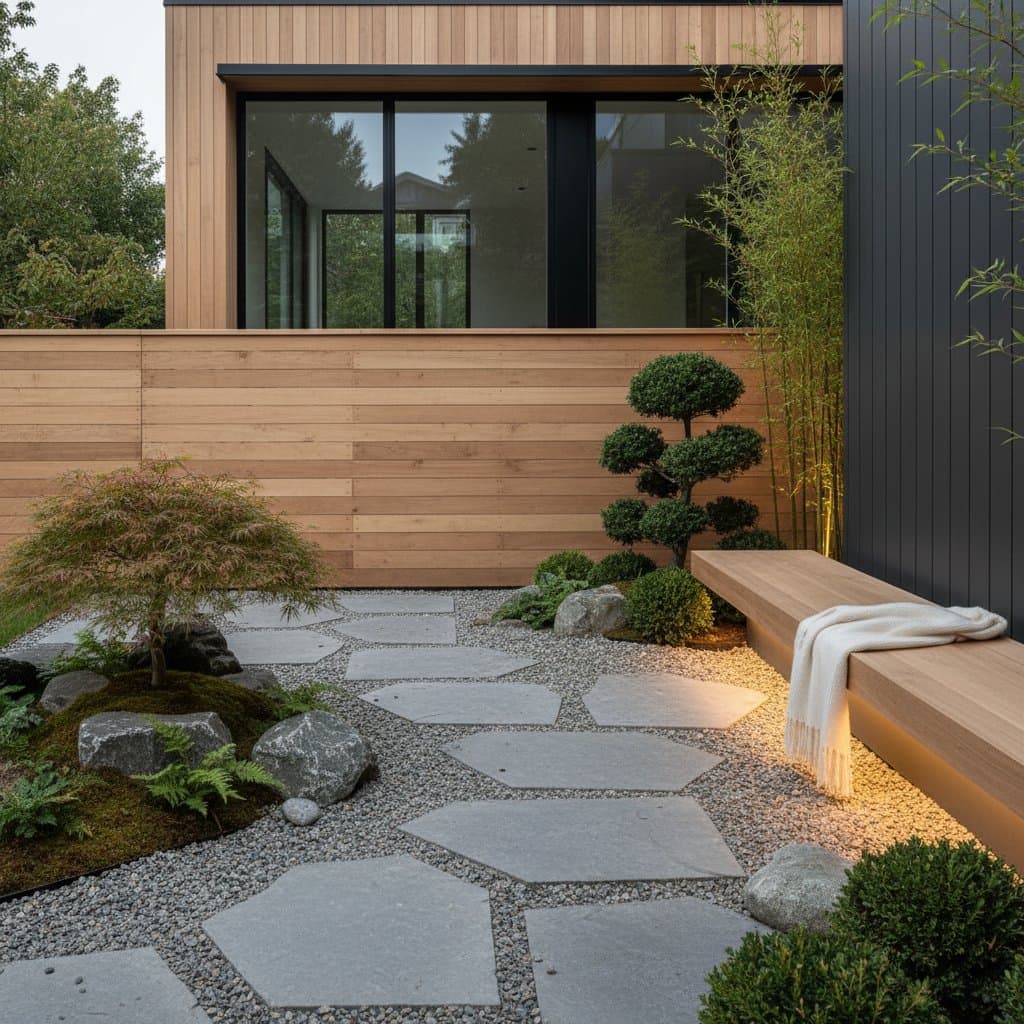Bee Highways: Revive Pollinators in Your Own Yard
Bees face significant challenges, yet observing one as it hovers over a flower in sunlight reveals their essential role. These insects serve as vital architects of ecosystems. Individuals require no vast land or expert knowledge to assist them. A bee highway can emerge in a yard, balcony, or compact patio garden. The process proves straightforward and yields substantial rewards as activity returns.
What Exactly Is a Bee Highway?
Consider a neighborhood through a bee's viewpoint. Urban expansion, pesticides, and uniform lawns create extended areas devoid of sustenance or refuge. A bee highway consists of interconnected pollinator-friendly zones that enable bees and similar species to travel securely between foraging sites. These function like rest areas equipped with nectar sources and nesting resources. As additional property owners participate, isolated habitats link into a cohesive network that sustains pollinator populations.
Why It Matters More Than You Think
Step One: Choose the Right Plants
Prioritize native species as the foundation of an effective bee highway. These plants have co-evolved with regional pollinators, offering suitable nectar, timely blooms, and minimal upkeep after establishment. They also align with local soil and weather conditions.
Select these reliable options, which thrive across many areas:
- Purple coneflower, delivering midsummer hues and plentiful nectar
- Bee balm, providing aromatic appeal and strong pollinator draw
- Black-eyed Susan, offering resilient, enduring flowers
- Milkweed, aiding monarch butterflies alongside native bees
- Goldenrod, supplying late-season nourishment
- Lavender, attracting both bees and people with its versatility
Maintain blooms from early spring into autumn. This steady nectar availability encourages repeated visits and supports survival during sparse periods.
Step Two: Skip the Chemicals
Transitioning from pristine lawns or pest-free displays may challenge habits. However, pesticides, herbicides, and certain fertilizers damage bees through cumulative effects. Emphasize natural pest management instead. Invite ladybugs, lacewings, and birds to maintain equilibrium. Remove pests manually when necessary.
For unavoidable treatments, select organic or bee-safe alternatives. Apply them at dusk, when bee activity diminishes. The objective centers on nurturing a life-supporting environment rather than eradicating it.
Step Three: Add Water and Shelter
Bees require hydration, particularly during heat. A shallow container with embedded pebbles and water creates an ideal station. The stones allow safe perching to prevent drowning. Refresh the water regularly to attract visitors promptly.
Shelter holds equal importance. Roughly seventy percent of native bees ground-nest, so preserve undisturbed soil areas. Others utilize hollow stems or wood. Retain spent plant stalks over winter or install a bee house in a sunlit position. Clean or renew it annually to prevent pathogen accumulation.
Step Four: Connect the Dots
A single pollinator-planted yard benefits greatly. Multiple aligned yards transform the landscape. Engage neighbors or local gardening communities to form collective corridors. Even balcony container clusters in cities can span urban voids.
Explore municipal pollinator programs or community gardens for support. Numerous councils and conservation organizations distribute complimentary seeds or advice to participants. Expanded habitat linkages strengthen overall ecological health.
Step Five: Think Seasonally
An authentic bee highway operates throughout the year. Plan provisions for each season. Spring starters such as crocus and lungwort deliver initial nectar. Late bloomers like asters and sedum sustain feeding pre-winter. Retain seed heads and dry stems in cooler periods for cover and form.
In severe winters, opt for robust perennials that recover swiftly. In temperate zones, incorporate evergreen herbs including rosemary or thyme. These provide utility, scent, and early nourishment amid limited options.
Step Six: Let Your Garden Breathe
Resisting excessive tidiness poses the greatest difficulty for many. Beneficial insects thrive amid slight disorder. Leaf layers, residual stems, and irregular borders supply nesting sites and cover. Adopt a naturalistic aesthetic to reduce effort while enhancing appeal.
Maintain purpose through defined walkways, height-grouped plantings, or structured wild zones. This equilibrium of order and freedom renders a bee-supportive garden practical and visually striking.
Step Seven: Observe and Adjust
As the bee highway develops, dedicate time to monitoring. Note which blooms draw the greatest traffic. Identify lingering spots. Such insights guide refinements effectively.
If activity lags in specific zones, test alternative varieties or reposition the bee house toward better light. Gardens evolve with seasonal changes. Attentive practices align spaces with local pollinator requirements.
Sustain the Network
A bee highway transcends mere planting and design. It integrates into a broader ecological web beyond property boundaries. Each bee interacting with lavender or a water source advances a larger narrative.
This awareness reshapes perceptions of outdoor environments. The subtle hum, petal movements, and light on wings gain new significance.
Begin modestly: select a yard area, introduce native flowers, install a water feature, and reserve soil. Incremental changes build momentum. Soon, the space expands in vibrancy, form, and impact, fostering resilience for pollinators and the planet.




